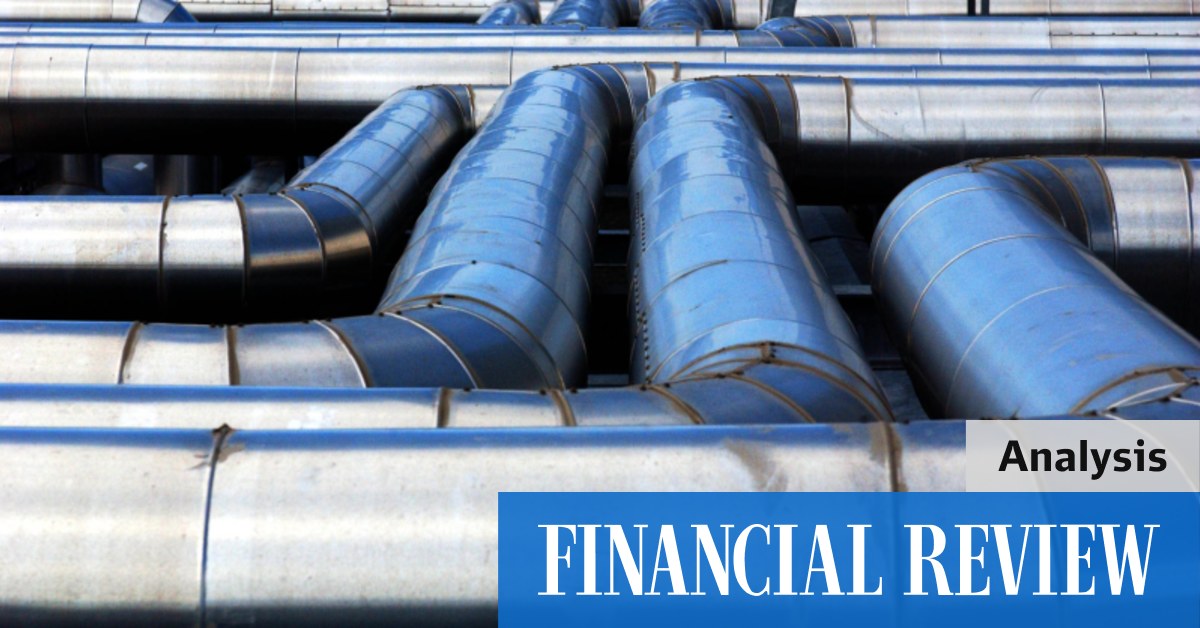And on price, the interventions by government – including the Australian Domestic Gas Security Mechanism itself – have not helped. As noted by the ACCC, expectation of a threat in triggering the mechanism was a factor in some industrial buyers declining to lock in prices below $10 a gigajoule that were on offer in 2021 as they held out for cheaper deals.
“Our review of supplier pricing strategies found that some suppliers appear to have been influenced in their domestic market pricing by a perceived threat of regulatory intervention at prices above $10/GJ,” the ACCC said.
Adding to the complacency was the lack of warning on a shortfall this year – by either the ACCC or the Australian Energy Market Operator. In reality, the wave of coal power outages in the National Electricity Market prompted an increase in demand for gas for power generation, which drove up prices sharply.
Meanwhile, the international market for gas has transformed since 12 months ago, propelled higher by shortages in Europe, exacerbated by efforts to switch away from Russian gas.
MST Marquee energy analyst Mark Samter says the question of what a “fair” price is for domestic gas has “changed profoundly” in the past six months, given developments in international gas markets.
He notes contracts struck in the east coast market late last year at about $15/GJ locked in a meaningful discount to contracted LNG prices, which are now about $US15 per unit, European gas prices of about $US50 and spot LNG at about $US40 per unit.
“Even $15/GJ would be extremely competitive on a global basis,” he says, noting that prices at LNG “netback” levels – which gas buyers for many years were calling for – are much higher.
LNG “netback” prices – the domestic gas equivalent price for LNG exported to the Asian spot market – stand at $48.91/GJ for August 2022, according to the ACCC’s latest price data.
Amid the latest crunch in southern gas supplies after the failure of NSW gas retailer Weston Energy, some manufacturers say they cannot get any offers of contracted gas, and are still paying default rates sometimes as high as $40/GJ or more after being switched to a retailer of last resort.
Credit Suisse energy analyst Saul Kavonic notes that east coast gas buyers are facing little criticism for repeatedly failing to lock in long-term cheap gas supply when the opportunity was available, instead shifting the blame to producers again.
“We would argue the responsibility for any manufacturing job losses lie primarily with the management of manufacturers being greedy in pursuit of a slightly cheaper gas deal only 18 months ago, rather than locking in gas supply they could afford,” Kavonic says.
He says price “remains the elephant in the room”, with the ACCC acknowledging that “internationally competitive” pricing linked to LNG is high, and unpalatable for some buyers, but some signs the government could pursue lower prices.
